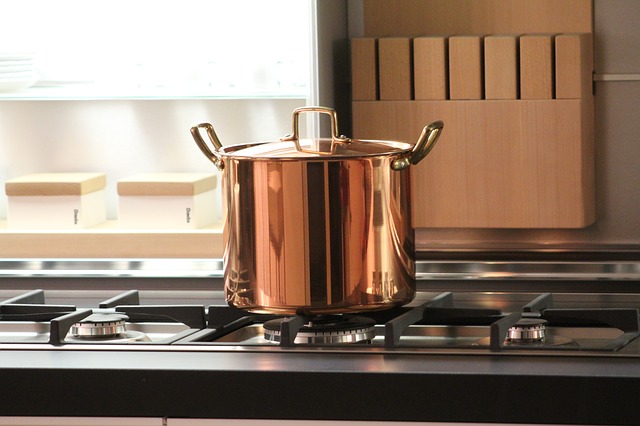
One example of metal that has a plethora of applications despite its low abundance is copper. For thousands of years, copper has been worked and alloyed with other metals to produce different kinds of material, which now benefit multiple industries, including transportation, telecommunication, and architecture. Thanks to its unique properties, copper can be extremely useful both as a pure element and as an alloy. Here are some of the properties that make copper one of the most valuable metals on Earth.
Corrosion Resistance
Copper, together with all its alloys, belongs to a group of metals called non-ferrous metals. It does not contain iron, a metal that is notorious for producing rust when exposed to oxygen. Instead of forming rust when exposed to oxygen, copper produces patina, a layer of stain that eventually becomes a shield against further deterioration. This property allows copper to last for thousands of years. It’s no wonder many ancient copper-based artifacts are found still intact.
Due to copper’s high corrosion resistance, it is ideal for applications that involve exposure to moisture. For instance, copper bars and sheets are now popular components of structural features such as roof and siding, simply because they are almost invulnerable to the elements. Compared to other types of roof, a copper roof can last for up to 700 years, thanks to the patina that acts as its shield.
RF Shielding
Many electronic devices are sensitive to radio frequency interferences. In some cases, these interferences are used for unauthorized surveillance purposes and other malicious ploys. Copper has the ability to absorb radio and magnetic waves, making it an excellent material for preventing radio frequency interferences. Plus, it is electrically conductive, ductile, malleable, and solders easily, so it fits the criteria.
Lighting Protection
A lightning bolt may carry between 10 and 100 million volts of electricity. That’s enough to knock down the electrical system of an entire commercial complex and inflict serious damage on equipment and appliances. Most skyscrapers, since they are more vulnerable to lightning strikes than their neighboring shorter structures, are equipped with multiple interconnected pathways of low electrical impedance to the ground. The high voltage of electricity from the lightning is immediately transferred to the ground though this system, consequently minimizing damage to the building.
Oligodynamic Effect
Some metals are capable of producing the oligodynamic effect, a toxic effect on living cells and microorganisms, such as bacteria, algae, molds, spores, fungi, viruses. Specifically, ions of these metals denature thiol or amine groups of proteins in the cells of microorganisms, causing them to precipitate and deactivate. At this state, the cells will die and so will the microorganism.
Copper is among the very few metals that possess this antimicrobial property, which is why it is an excellent choice of material for health and sanitation applications. It even helps to use copper or copper alloys, particularly brass and bronze, for making structural fixtures that people frequently touch or make contact with, including door knobs and railing, to prevent the spread of bacteria.
When you think of metal under pressure or high temperature, you probably imagine it melting or shrinking. Believe it or not, not all metal undergo such changes when exposed to high heat, at least not immediately. Copper happens to be one of those metals that exhibit low thermal movement. Meaning, when exposed to high heat, it doesn’t contract or melt right away, and that makes it a perfect material for applications that involve heat, such as furnaces and water heaters.
Flexibility
Copper is ductile and malleable. It can easily be worked to form objects of different shapes and sizes. For instance, unlike other metals, it can be flattened into thin sheets, which can then be used to cover surfaces or wrap tight irregular objects. If you need copper bar sales for a particular project, you can easily find them from a trusted supplier like Rotax Metals because they are not so hard to manufacture.
The only reason why you don’t see copper products as regularly as steel is that they don’t come cheap. Metals used as reinforcement for structural concrete are much cheaper because their base element is iron, which is extremely common. Moreover, copper is usually found in least noticed places, such as inside machines, mobile devices, and electrical systems. If you are looking to use copper for your upcoming projects, you might want to seek advice from metal experts at Rotax Metals.
With the many different alloys and grades of copper, there’s a chance you won’t be able to find the exact item you need very easily. Metal experts at Rotax will even tell you how much is copper per pound so that you can create a cost-efficient financial strategy for your project.



